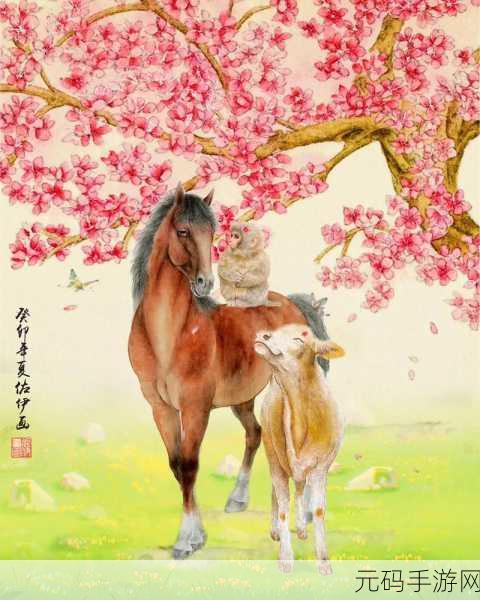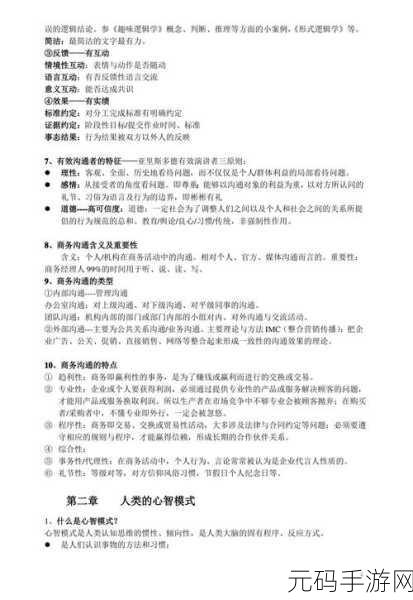马与人之间的交流方式
马作为一种聪明而敏感的动物,与人类之间建立了独特的沟通桥梁。无论是在骑乘、训练还是日常互动中,了解这些交流方式对于增进人与马匹之间的关系至关重要。
肢体语言
马主要通过肢体语言来表达情绪和意图。这包括耳朵的位置、尾巴的摆动以及身体姿势等。当一匹马会着急或愤怒时,它们可能会将耳朵向后扇动,此时它们通常需要空间。在放松状态下,耳朵则倾斜向前。此外,尾巴亦是表情的重要标志:轻微摇动表示舒适,而剧烈摆动往往意味着不安或者兴奋。

声音信号
除了肢体语言外,声响也是马传达信息的重要手段。一些常见的叫声,如嘶鸣(neigh)和咆哮(whinny),可以用来吸引同伴注意或者发出警告。成熟且有经验的骑手能够通过听到不同音调和频率判断出马儿所处心境,这种能力使得人与宠物间形成更深层次理解。
触觉接触
人的抚摸在很大程度上影响着当前氛围,也能改变一匹马上表现出的行为。有研究显示,当人在与其亲密接触时,比如梳理毛发或轻柔地拍打,其释放压力水平明显下降。因此,通过恰当的方法进行身体接触,可以有效促进彼此间建立信任,有助于今后的合作与默契。

气味识别
鼻子对马会产生巨大的影响,因为它们拥有高度发展的嗅觉系统。小型实验表明,不同的人身上散发出的气味会直接影响到马会如何反应。例如,一些驯兽师利用这种特点,在训练初期使用某些香料,以便让牛仔风格更好地融入牧场生活。而这种方法也帮助他们找到合适自己的伙伴,从而提高共同工作的效率。
环境因素对沟通效果影響
A horse's ability to communicate effectively may also depend on its environment. Unfamiliar surroundings can create stress and anxiety in horses, making them less responsive to human signals. Providing a calm and familiar setting during training or interaction sessions can significantly enhance the communication experience. This is particularly crucial when introducing new tasks or unfamiliar equipment.
培训中的相互作用
The combination of all these forms of communication becomes even more critical during training exercises. A skilled trainer will pay close attention not only to verbal cues but also to how their body language affects the horse’s behavior. Establishing clear boundaries while allowing space for natural responses facilitates better learning outcomes and fosters a deeper bond between horse and handler.
跨文化交际
This form of non-verbal communication extends beyond just individual interactions; it encapsulates an entire culture surrounding equine activities worldwide. Different cultures have developed unique methods for working with horses based on local needs, climate conditions, available breeds etc., each influencing associated practices including riding styles, care routines as well as behavioral understanding within those societies.
热门话题: - 马术疗法的发展与应用 - 如何提升骑乘技术并增强安全性 - 不同品种马匹性格分析及选择建议


